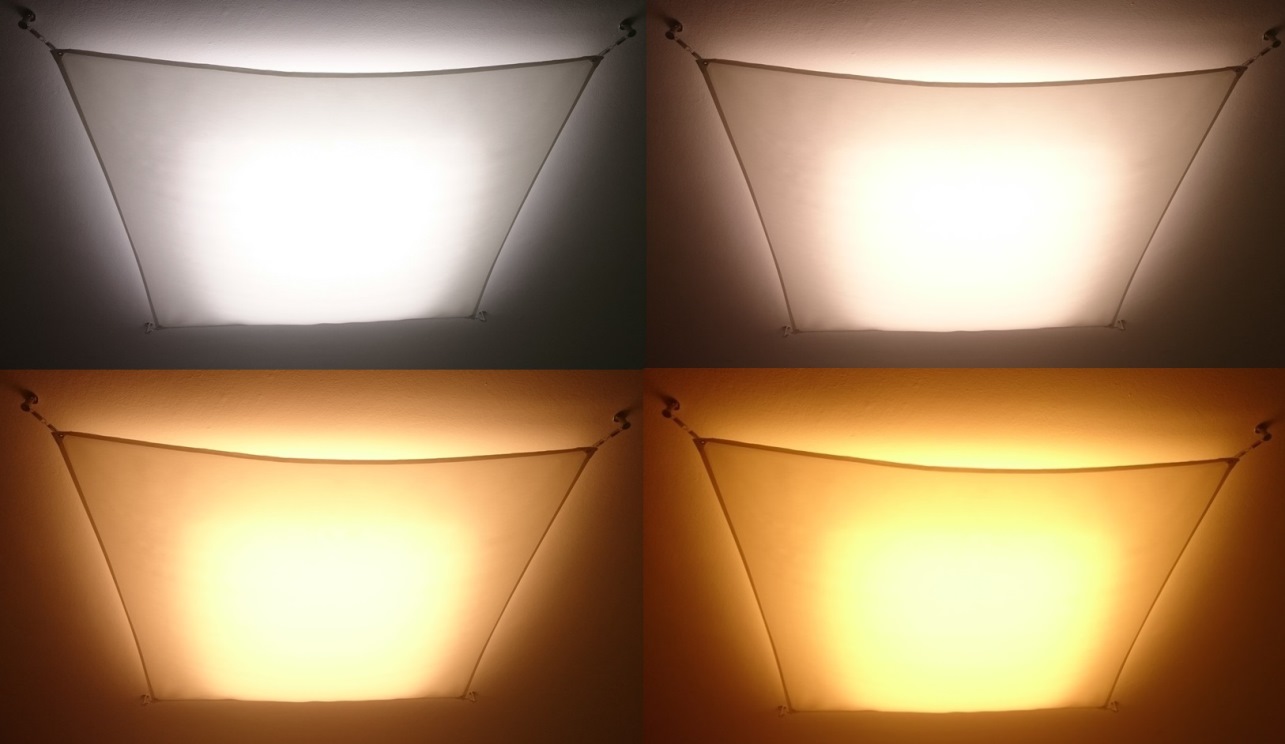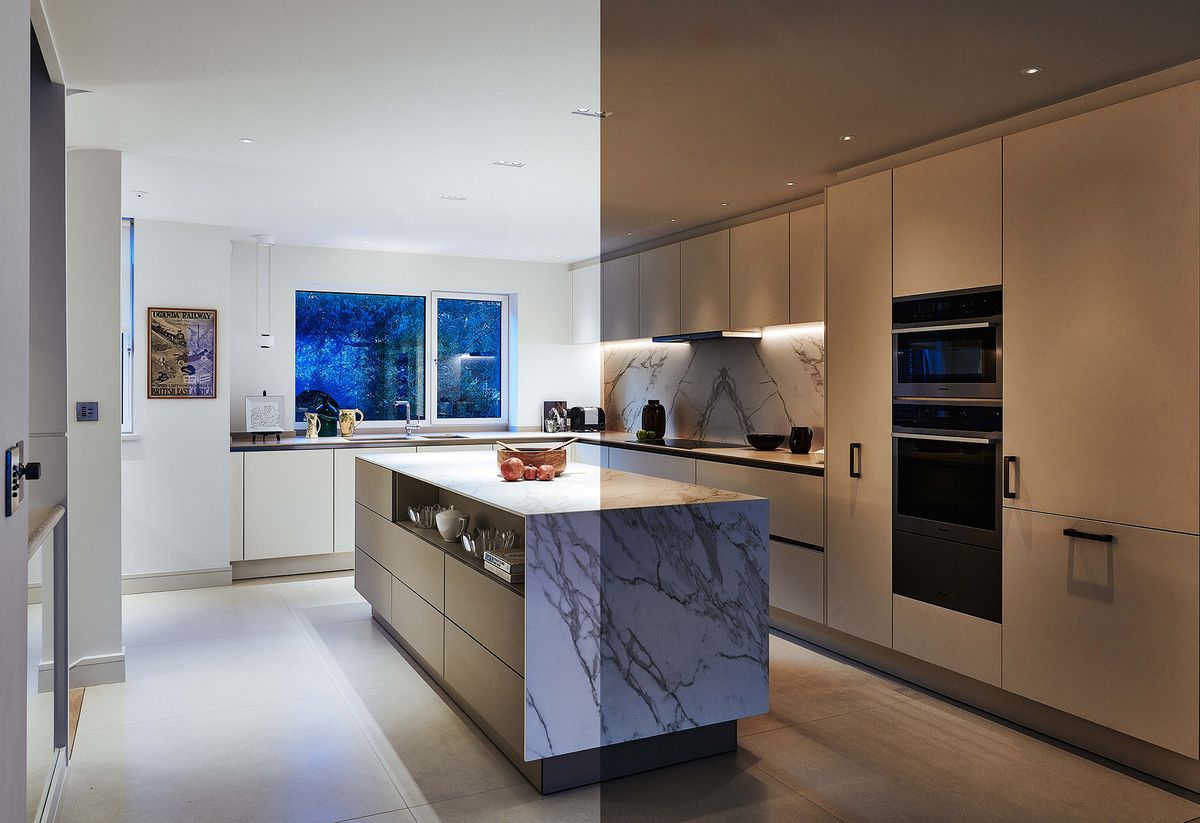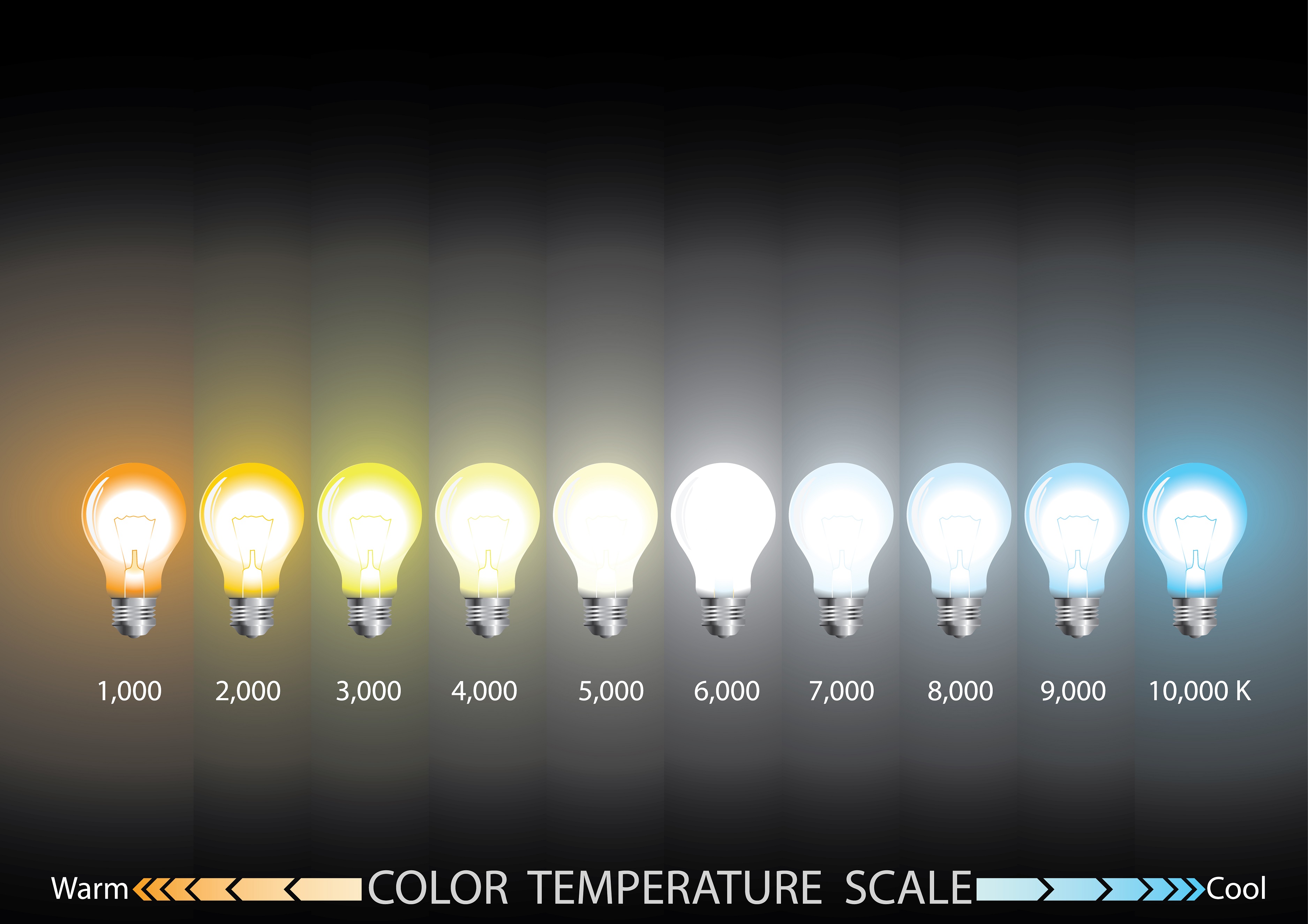Design Considerations for Bathroom Lighting

Bathroom warm or cool light – The choice of lighting in a bathroom can significantly impact its ambiance and functionality. Understanding the effects of warm and cool light temperatures is crucial for creating a desired atmosphere and ensuring optimal task lighting.
Warm light, typically ranging from 2700K to 3000K, emits a cozy and inviting glow. It is ideal for creating a relaxing and intimate ambiance in bathrooms, particularly those used for unwinding and self-care. Warm light can also make a small bathroom feel larger and more welcoming.
Whether you prefer the warm glow of incandescent bulbs or the cool, crisp light of LEDs, bathroom lighting can greatly impact the ambiance of your space. If you’re looking for a convenient way to add both light and power to your bathroom, consider bathroom wall light fixtures with electrical outlet.
These fixtures provide ample illumination while also offering a handy spot to plug in your hair dryer, electric toothbrush, or other bathroom essentials. By choosing the right light temperature and fixture style, you can create a bathroom that’s both functional and inviting.
Cool light, ranging from 4000K to 5000K, provides a brighter and more energizing illumination. It is better suited for task-oriented activities such as shaving, applying makeup, or grooming. Cool light can also make a large bathroom feel smaller and more compact.
For a cozy and inviting ambiance, warm light can transform your bathroom into a relaxing sanctuary. On the other hand, cool light provides a more invigorating and focused atmosphere. However, when selecting bathroom lighting, it’s crucial to consider the IP (Ingress Protection) requirements to ensure your fixtures are protected from moisture and water damage.
Refer to our guide on bathroom lighting IP requirements for detailed information on choosing the right IP rating for your bathroom’s specific needs. Ultimately, the choice between warm or cool light should align with your desired bathroom experience and aesthetic preferences.
Choosing the Appropriate Light Temperature
The choice of light temperature for a bathroom depends on several factors:
- Bathroom size: Smaller bathrooms benefit from warm light to create a sense of spaciousness, while larger bathrooms can handle cooler light without feeling overwhelming.
- Bathroom style: Warm light complements traditional and cozy bathroom designs, while cool light is more suitable for modern and minimalist aesthetics.
- Bathroom functionality: If the bathroom is primarily used for relaxation and self-care, warm light is a better choice. For bathrooms where task lighting is essential, cool light is more appropriate.
Benefits of Warm and Cool Light in Bathrooms

Lighting plays a crucial role in shaping the ambiance and functionality of a bathroom. The choice between warm and cool light can significantly impact the overall experience, from creating a relaxing retreat to enhancing productivity. Understanding the psychological effects and practical advantages of each light temperature can help homeowners make informed decisions about their bathroom lighting.
Warm Light: Relaxation and Coziness
Warm light, typically ranging from 2700K to 3000K, emits a cozy and inviting glow. It stimulates the production of melatonin, a hormone that promotes relaxation and sleep. In a bathroom setting, warm light can create a spa-like atmosphere, ideal for unwinding after a long day. It can also help reduce stress and anxiety, making it a suitable choice for bathrooms where relaxation is a priority.
Cool Light: Alertness and Productivity
Cool light, ranging from 4000K to 5000K, emits a bright and energizing glow. It stimulates the production of cortisol, a hormone that promotes alertness and productivity. In a bathroom setting, cool light can help increase focus and concentration, making it a good choice for bathrooms where tasks like shaving, makeup application, or getting ready for the day take place. It can also help improve mood and reduce feelings of drowsiness.
Balancing Warm and Cool Light
To achieve optimal comfort and aesthetics in a bathroom, consider balancing warm and cool light. A combination of both light temperatures can create a versatile and functional space that adapts to different needs and activities. For example, a bathroom with a bathtub and shower area could use warm light near the tub for relaxation and cool light near the shower for increased alertness during morning routines.
Lighting Techniques for Different Bathroom Zones: Bathroom Warm Or Cool Light

Creating a well-lit bathroom requires careful consideration of different zones and their specific lighting needs. By understanding the tasks performed in each zone, you can design a lighting plan that enhances functionality and creates a comfortable atmosphere.
Here are some key techniques for illuminating different bathroom zones:
Bathing Area
The bathing area, including the bathtub or shower, requires warm and inviting lighting that creates a relaxing ambiance. Opt for soft, diffused light from recessed or wall-mounted fixtures to avoid harsh shadows and glare. Consider using dimmer switches to adjust the light intensity as needed.
Vanity Area
The vanity area is where precise tasks like shaving, makeup application, and skincare routines take place. Cool, bright light is essential for providing clear visibility and reducing eye strain. Install task lighting, such as sconces or under-cabinet lights, to illuminate the vanity mirror evenly. Consider using higher color temperatures (4000K-5000K) for optimal clarity.
Table Comparing Recommended Light Temperatures and Fixtures for Different Bathroom Zones, Bathroom warm or cool light
| Zone | Recommended Light Temperature | Suggested Fixtures |
|---|---|---|
| Bathing Area | 2700K-3000K | Recessed lighting, wall-mounted sconces |
| Vanity Area | 4000K-5000K | Sconces, under-cabinet lighting |
| General Lighting | 3500K-4000K | Ceiling lights, chandeliers |